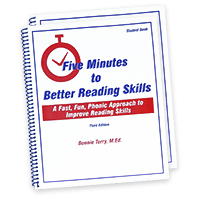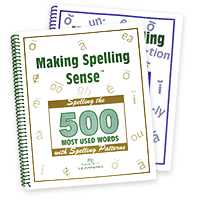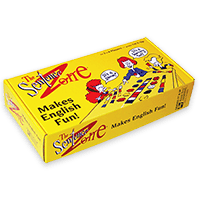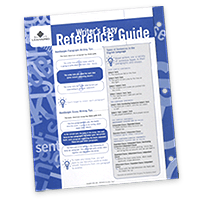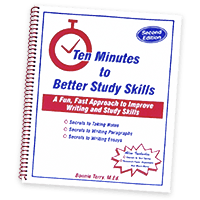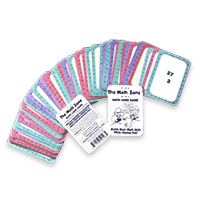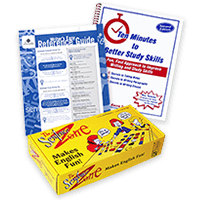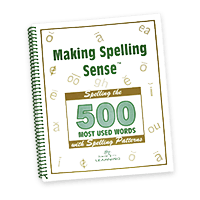High Success Rates for Improving Reading, Dyslexia, and Learning Disabilities
May 29th, 2008Reading Problems, Dyslexia, or Learning Disabilities In Older Children and Adults What Should I Do?
Often children are overwhelmed with reading for a number of years before anything pro-active is done. That’s often because either the actual reason for the overwhelm was unknown or the child was so bright that he or she muddled through reading without realizing how much harder they were working than they needed too.
I’ll never forget working with a 6th grader and giving her a 6th grade text to read. She really struggled with it, making numerous errors. Some of her errors were phonetic based, other errors were visual tracking based.
After she read I asked her about how she liked reading the passage and if she felt the passage was easy, ok, or hard to read. She said it was ok to read. She had no idea that she was actually reading material that was at a frustration level.
There are three levels of reading: independent (pleasure reading – a 96% accuracy rate), instructional (where you are given direct instruction with reading – a 93 – 95% accuracy rate), and frustration level (where you are struggling to read –92% or below accuracy rate).
The material she was expected to read throughout the school day was at a level where she only had a 75% accuracy rate. This is why she really didn’t like to read on her own. But, she didn’t know any thing different; her text books and reading material were always at that level.
So, what do you do to help your older child that is overwhelmed by reading? Remember, deficits in rapid naming may persist into later childhood and early adulthood (Wolf, 1986; Snyder & Downey, 1995; Korhonen, 1995). Those with deficits in rapid naming also had deficits in reading and spelling that persisted into adulthood.
Step-by-step Process To Improve Reading
Remember, one doesn’t just automatically walk, first you learn to balance yourself, then you typically begin to crawl, you need to strengthen your leg muscles so they will support you and combine that strength with balance in order to stand. Then you learn how to keep your balance while taking a step. There are a lot of steps involved in learning to walk.
It is the same with reading. You need to be taught in an explicit manner phonics instruction, structural analysis including prefixes, suffixes, and root words, spelling, and comprehension strategies. You also can be taught to increase your rate of rapidly naming objects with specific exercises designed specifically with that in mind.
However, you do not want to only do that. Any skill taught in isolation remains that, an improved skill in isolation unless you make the bridge to bring the skill from the isolated practice to real life practice.
More to come on bridging isolated skills to real life reading…
Bonnie Terry, M. Ed., BCET









